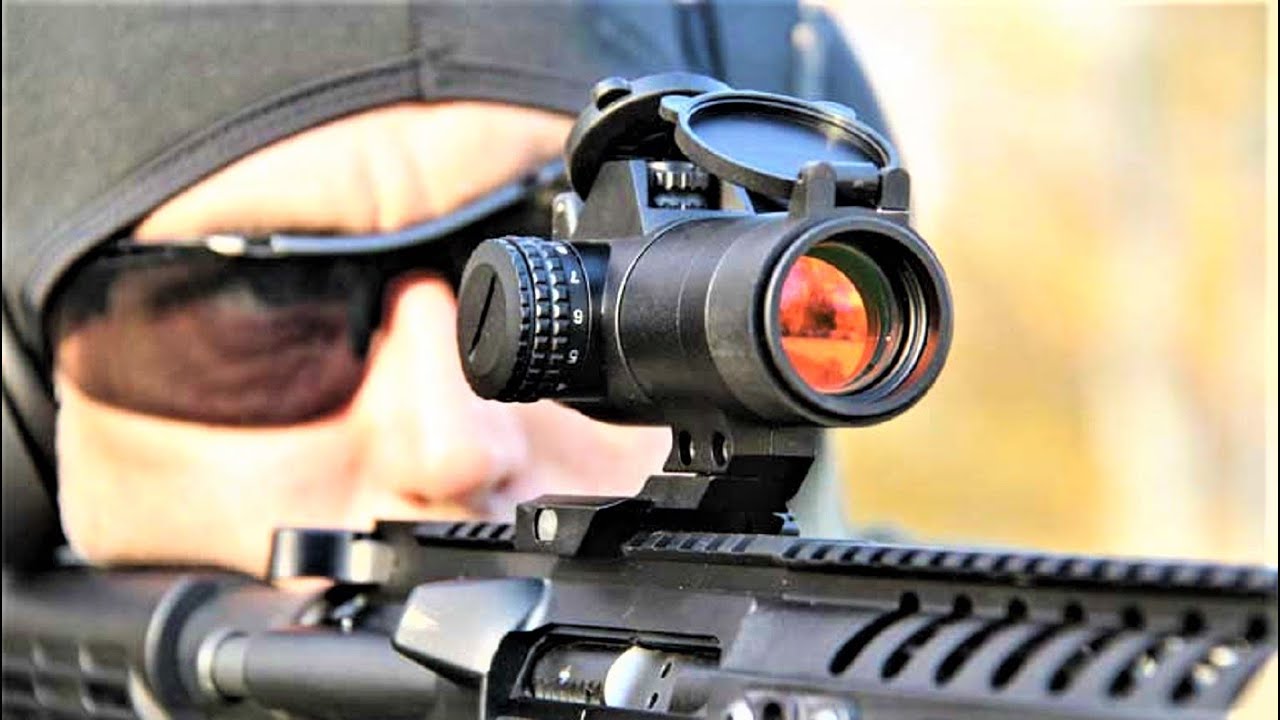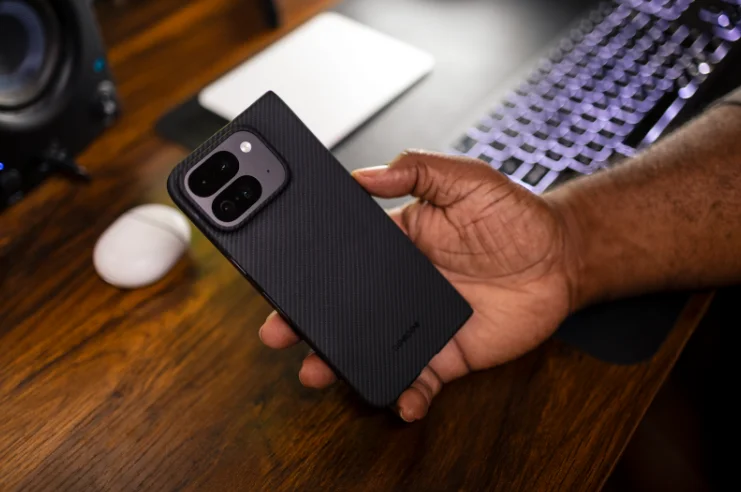
Precision shooting, whether for sport, hunting, or tactical purposes, heavily relies on the type of sighting equipment you use. This article highlights the essential differences between rifle scopes and red dot sights, helping you make an informed decision for your specific needs.
Understanding the Functionality of Rifle Scopes
Definition and Working Principle
Rifle scopes are optical devices that enhance precision shooting by magnifying distant targets. These scopes typically feature an objective lens, an eyepiece, a reticle, and adjustment settings for focus and alignment. The objective lens gathers light, improving the clarity and detail of the image seen through the eyepiece.
Variants of Rifle Scopes
Rifle scopes differ mainly in their magnification capabilities. Variable scopes offer adjustable magnification, making them suitable for various shooting conditions, while fixed scopes maintain a constant magnification, providing a simpler and often more reliable setup.
Essential Features of Rifle Scopes
When choosing a rifle scope, consider factors like lens quality, magnification range, reticle type, and light transmission. High-quality lenses and an appropriate magnification range can significantly improve target visibility and shooting accuracy across different environments.
Advantages and Disadvantages of Rifle Scopes
Advantages:
- Enhanced visibility and accuracy over long distances.
- Customizable settings for different shooting conditions.
- Detailed reticles assist in precise shot placement.
Disadvantages:
- Higher cost compared to red dot sights, especially for advanced models.
- Increased weight and size may have an impact on weapon handling.
- Complexity can be daunting for beginners, requiring more time to master.
Insights into Red Dot Sights
Definition and Operational Mechanism
Red dot sights are non-magnifying reflector sights that project a red dot or other aiming point onto the target, simplifying the aiming process. They operate by reflecting LED light off a specially coated lens back to the shooter’s eye, creating the illusion that the red dot is on the target.
Types of Red Dot Sights
Red dot sights come in various forms, including reflex sights, holographic sights, and prism sights. Reflex sights are the most common, known for their simplicity and durability, while holographic sights use more advanced technology to project an illuminated reticle onto a viewing window.
Key Attributes of Red Dot Sights
Best red dot sights are well-liked for their reliable construction, simplicity of use, and speedy target acquisition. They are especially effective in close to mid-range shooting situations.
Benefits and Drawbacks of Red Dot Sights
Benefits:
- Target acquisition that is quick and simple, perfect for changing shooting situations.
- Minimalistic design typically results in lighter, more compact sights.
- Effective in various lighting conditions due to adjustable brightness settings.
Drawbacks:
- Limited effectiveness at longer ranges due to lack of magnification.
- Dependence on batteries might cause power problems if not properly maintained.
- Some models may be less effective in direct sunlight or very bright conditions.
Rifle Scope vs. Red Dot Sight: Scenario-Based Recommendations
Long-Range Shooting or Hunting
Recommended: Rifle Scope
Recommended Reasons: Rifle scopes offer magnification essential for accurate long-distance targeting. Variable magnification settings allow adjustments based on the target’s distance.
Example Scenario: Hunting in open fields where the game is several hundred yards away.
Close-Range Combat or Self-Defense
Recommended: Red Dot Sight
Recommended Reasons: Red dot sights do not magnify the target but provide a quick aiming reference point, crucial in fast-paced, close-range situations. Example Scenario: Home defense or tactical situations requiring rapid target acquisition.
Competitive Shooting
Recommended: Depends on the type of competition
- Red Dot Sight: Suitable for speed shooting competitions with targets at close ranges.
- Rifle Scope: Ideal for precision shooting competitions involving targets at varying distances.
Recreational Shooting or Casual Plinking
Recommended: Personal Preference
Recommended Reasons: Both sight types can be enjoyable. Red dot sights are easier for quick shooting and handling, while rifle scopes offer a challenge and skill development for long-range shooting. Example Scenario: Casual shooting at cans or targets in a backyard or shooting range.
Versatile Scenarios (e.g., Tactical and Hunting)
Recommended: Hybrid Sights or Switchable Options
Recommended Reasons: Modern optics may combine features of both red dots and scopes or allow quick switching between magnified and non-magnified aiming.
Example Scenario: Engaging targets at varying distances in a dynamic environment.
Product Recommendation: Feyachi RS-30 Reflex Sight
Simple Operation
The Feyachi RS-30 Reflex Sight features an easy-to-use press button. Pressing the button turns the sight on, cycles through five brightness settings, and holding it for three seconds turns the sight off, ensuring straightforward and efficient use.
Precise Adjustments
Windage and elevation adjustments are made simple with the included tool. Each click adjustment moves the point of impact by 1 MOA, allowing for precise zeroing of the reflex sight.
Robust Mounting System
Designed to be shockproof, the 0.15-inch metal lock bar securely fits into the 20mm picatinny and weaver rail slots, ensuring stability and durability even under heavy recoil.
Long-Lasting Power
The RS-30 is powered by three LR44 batteries, featuring low power consumption to extend battery life, making it a reliable choice for prolonged use.
This reflex sight is an excellent addition for those looking to enhance their shooting precision with a user-friendly, durable, and long-lasting option.
Read Also: Understanding the Purpose of a Silencer on a Gun
Conclusion
Choosing between rifle scopes and red dot sights depends on your specific needs and shooting scenarios. Both have their unique advantages and drawbacks, making them suitable for different applications. By understanding their key differences and considering your requirements, you can make a well-informed choice that enhances your shooting performance and satisfaction.
Read Also: 10 Things You Should Know Before Choosing Salesforce Development Services

The Hidden Business Power of Storytelling Through Books

Diamond Painting Apps & Digital Tools for 2025 Artists

Meeting Global Tastes: The Versatility of Commercial Tortilla Makers

Accelerating drug discovery through the DEL-ML-CS approach

AI in Marketing Is No Longer a Buzzword — It’s the Strategy

Benefits of Working with a Bathroom Remodeling SEO Company

The Full Guide To Penetration Testing

Pixel 10 Pro Fold Case: Why Choose Aramid Fiber?










